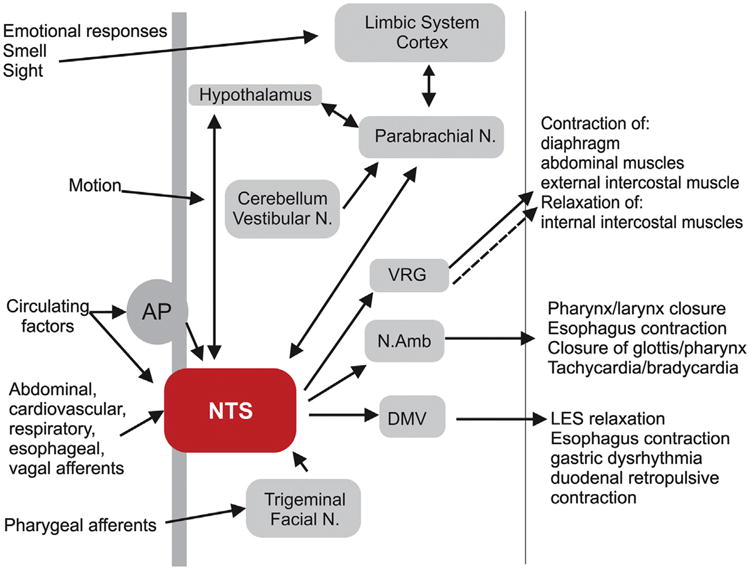Fig. 1. Schematic diagram illustrating vagal neurocircuits involved in nausea and vomiting.

While the exact neural pathways of the central pattern generator responsible for emesis are unknown, the NTS is the recipient of direct or indirect inputs from the abdominal and thoracic vagus, pharyngeal, glossopharyngeal and trigeminal nerves, the spinal tract, the area postrema, the hypothalamus, the cerebellum and vestibular/labyrinthine systems as well as the cerebral cortex and the critical role this nucleus plays in the integration, modulation and regulation of many autonomic reflexes involved in emesis cannot be overstated. Distinct neural outputs from the NTS co-ordinate several of the effector responses of emesis (swallowing, salivation, respiration, cardiovascular, gastrointestinal) in a precisely regulated temporal manner. For simplicity, not all neural pathways and regions are illustrated. AP, area postrema; NTS, nucleus tractus solitarius; Vestibular N., Vestibular Nucleus; Facial N., Facial Nucleus; DMV, dorsal motor nucleus of the vagus; N.Amb., Nucleus ambiguous; VRG, ventral respiratory group; Parabrachial N., Parabrachial nucleus.
